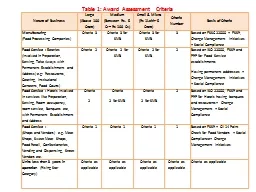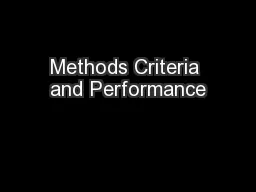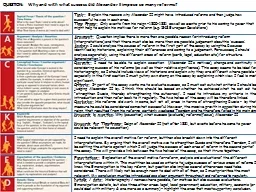PPT-Success Criteria:
Author : danika-pritchard | Published Date : 2017-01-11
I can identify each component 2 I can describe the function of each component 3 I can explain how the components interact with one another TEK 10B2 Identifying the
Presentation Embed Code
Download Presentation
Download Presentation The PPT/PDF document "Success Criteria:" is the property of its rightful owner. Permission is granted to download and print the materials on this website for personal, non-commercial use only, and to display it on your personal computer provided you do not modify the materials and that you retain all copyright notices contained in the materials. By downloading content from our website, you accept the terms of this agreement.
Success Criteria:: Transcript
Download Rules Of Document
"Success Criteria:"The content belongs to its owner. You may download and print it for personal use, without modification, and keep all copyright notices. By downloading, you agree to these terms.
Related Documents














